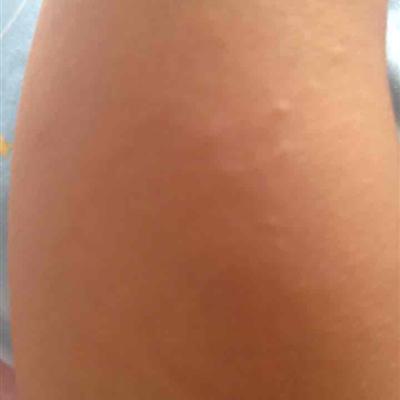What are the symptoms of H1N1?
summary
Influenza A (H1N1) is an acute respiratory infectious disease. Its pathogen is a new type of influenza A (H1N1) virus, which spreads among people. Different from previous or current seasonal influenza viruses, this strain contains gene fragments of swine influenza, avian influenza and human influenza. What are the symptoms of H1N1? Let's talk about it
What are the symptoms of H1N1?
Influenza A patients are the main source of infection, mainly in human transmission. Infection is mainly transmitted through respiratory tract through droplets or aerosols. It can also be transmitted through direct or indirect contact with mucous membrane of mouth, nose, eyes, etc. it may also be caused by contact with respiratory secretions, body fluids or contaminated articles of patients.

The early symptoms of influenza A are similar to common influenza, including fever, cough, sore throat, headache, body pain, chills and fatigue. Some patients will also have diarrhea or vomiting, muscle pain or fatigue, red eyes and other symptoms. Some patients can progress rapidly, such as ferocious, sudden high fever, body temperature over 39 ℃, secondary severe pneumonia, acute respiratory distress syndrome, pulmonary hemorrhage, pleural effusion, pancytopenia, renal failure, sepsis, shock, Reye syndrome, respiratory failure and multiple organ injury, and even death. The original underlying diseases of patients can also be aggravated.

The proportion of children under 13 years old is relatively high and the disease is serious, so they belong to susceptible population. The four most vulnerable groups are the elderly, people with chronic diseases such as liver, kidney and heart, medical staff and children who often contact with influenza. The mortality rate of influenza A (H1N1) was 6.77%, higher than that of common influenza. There are two main reasons for its high fatality rate: one is the virulence of the virus; Second, people didn't pay attention to the new disease at first. They thought it was common cold. Many people took some medicine themselves and missed the best treatment period of 72 hours at the beginning of the disease.

matters needing attention
1. Wash hands frequently and develop good personal hygiene habits. 2. Get enough sleep, drink plenty of water and keep healthy. 3. It is necessary to keep the indoor ventilation and avoid the places with too many people and no ventilation. 4. When cooking, the raw and cooked pork should be separated and cooked above 71 ℃ to completely kill the influenza A (H1N1) virus. 5. Avoid contact with pigs or go to places with pigs.












